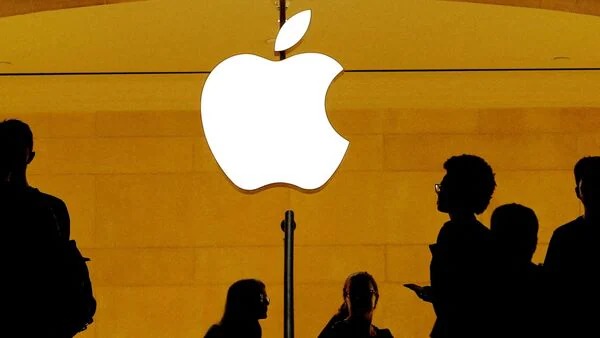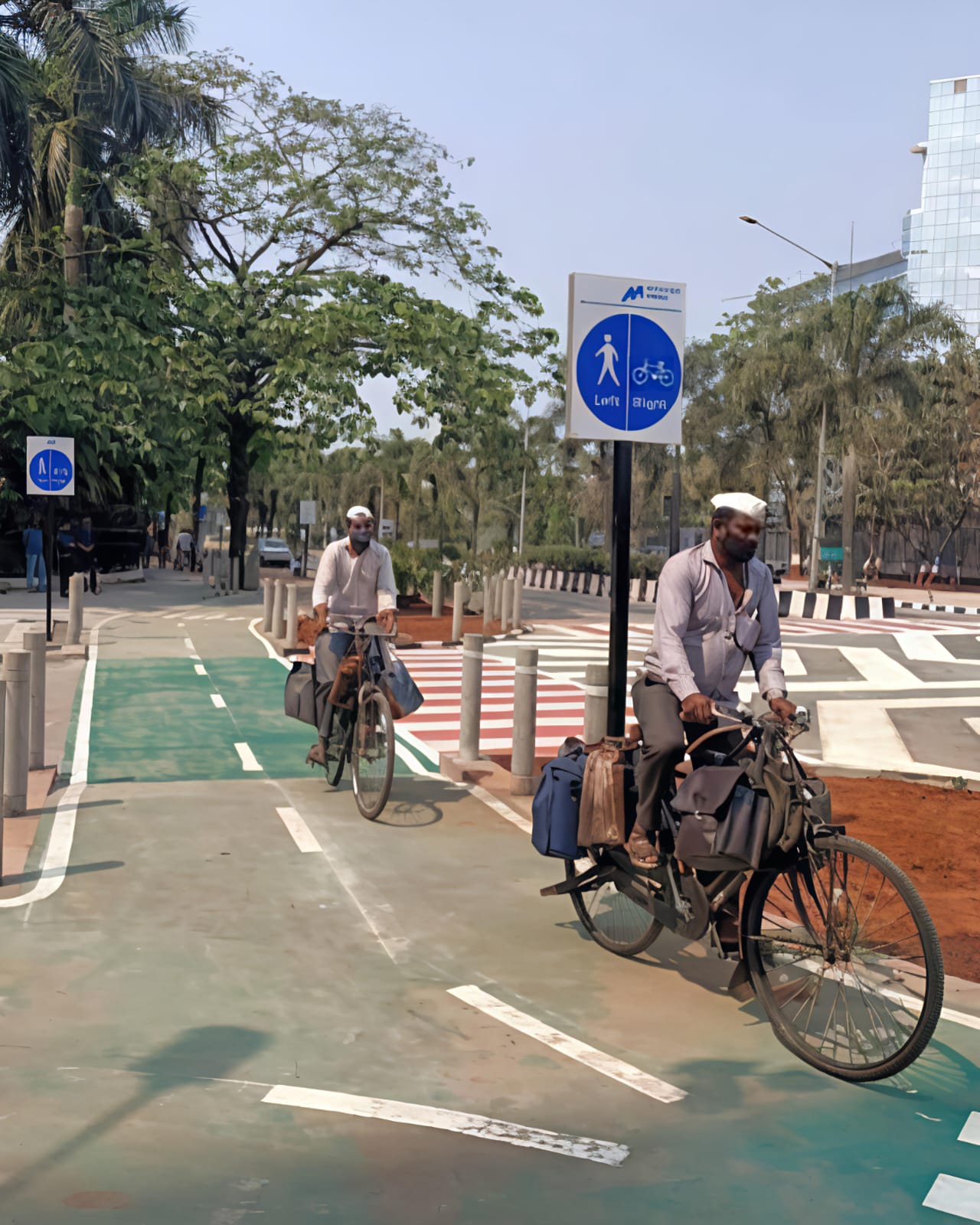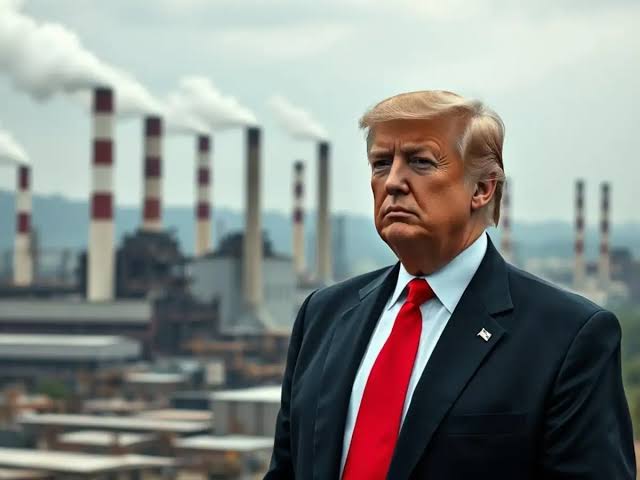Apple’s Gamble: Will Shiny New Features Outshine the iPhone 17’s Hefty Price Tag?
Apple is getting ready to hike prices on its new iPhone 17 series this fall, staging a dramatic test of consumers' loyalty amid persistent trade tensions and higher production costs. Even as the company is bracing for an estimated $900 million in additional tariff costs this quarter-primarily resulting from US tariffs on Chinese imports-Apple is politely maneuvering discussion away from tariffs and toward significant design improvements and new features as the rationale for increased prices.
The upcoming iPhone series is said to feature an ultra-skinny "Air" variant as well as a major camera upgrade, with the entry-level iPhone 17 even shifting to a 48-megapixel telephoto lens. Apple will use these innovations as value additions to try to assuage any outrage among price-conscious consumers.
In spite of a recent 90-day suspension of retaliatory tariffs between the US and China, a 20–30% duty on most Chinese imports continues. Apple has countered by speeding up its relocation of iPhone manufacturing to India, with Foxconn set to double Indian production to 30 million units by the end of 2025. Nevertheless, the firm continues to source its most advanced models from China, leaving it vulnerable to continuing trade risks.
For investors, Apple's pricing strategy is in tight focus. The shares of the company have risen on hopes of a potential tariff cut, but the true test will be whether consumers will tolerate higher prices, particularly following the previous launch of the high-priced iPhone 16e. Apple's strategy-holding price increases hostage to innovation, not tariffs-is a lesson taken from Amazon's recent blunders, where tariff costs were being passed directly to consumers, which elicited immediate government backlash.
As the September launch draws near, all eyes are on whether or not Apple's gamble will pay off. Will buyers shell out more for the promise of innovative design and features, or will sticker shock suppress demand in an aggressive smartphone market?
Apple will increase prices on the iPhone 17 series, claiming new features and designs instead of tariff expenses.
The firm is confronted with $900 million in fresh tariff costs this quarter, prompting a China-to-India shift in production.
The new iPhone 17 series could feature an ultra-slim "Air" version and a 48-megapixel camera boost.
Even after a temporary tariff reprieve, major levies on Chinese imports continue, placing pressure on Apple's supply chain.
Investors are observing intently as Apple tests the limits of consumers accepting higher prices during economic uncertainty.
Sources: Wall Street Journal, Yahoo Finance, Business Today, NDTV, Reuters, CNET, TechCrunch, Entrepreneur India
Apple’s Gamble: Will Shiny New Features Outshine the iPhone 17’s Hefty Price Tag?
Apple is getting ready to hike prices on its new iPhone 17 series this fall, staging a dramatic test of consumers' loyalty amid persistent trade tensions and higher production costs. Even as the company is bracing for an estimated $900 million in additional tariff costs this quarter-primarily resulting from US tariffs on Chinese imports-Apple is politely maneuvering discussion away from tariffs and toward significant design improvements and new features as the rationale for increased prices.
The upcoming iPhone series is said to feature an ultra-skinny "Air" variant as well as a major camera upgrade, with the entry-level iPhone 17 even shifting to a 48-megapixel telephoto lens. Apple will use these innovations as value additions to try to assuage any outrage among price-conscious consumers.
In spite of a recent 90-day suspension of retaliatory tariffs between the US and China, a 20–30% duty on most Chinese imports continues. Apple has countered by speeding up its relocation of iPhone manufacturing to India, with Foxconn set to double Indian production to 30 million units by the end of 2025. Nevertheless, the firm continues to source its most advanced models from China, leaving it vulnerable to continuing trade risks.
For investors, Apple's pricing strategy is in tight focus. The shares of the company have risen on hopes of a potential tariff cut, but the true test will be whether consumers will tolerate higher prices, particularly following the previous launch of the high-priced iPhone 16e. Apple's strategy-holding price increases hostage to innovation, not tariffs-is a lesson taken from Amazon's recent blunders, where tariff costs were being passed directly to consumers, which elicited immediate government backlash.
As the September launch draws near, all eyes are on whether or not Apple's gamble will pay off. Will buyers shell out more for the promise of innovative design and features, or will sticker shock suppress demand in an aggressive smartphone market?
Key Highlights
Apple will increase prices on the iPhone 17 series, claiming new features and designs instead of tariff expenses.
The firm is confronted with $900 million in fresh tariff costs this quarter, prompting a China-to-India shift in production.
The new iPhone 17 series could feature an ultra-slim "Air" version and a 48-megapixel camera boost.
Even after a temporary tariff reprieve, major levies on Chinese imports continue, placing pressure on Apple's supply chain.
Investors are observing intently as Apple tests the limits of consumers accepting higher prices during economic uncertainty.
Sources: Wall Street Journal, Yahoo Finance, Business Today, NDTV, Reuters, CNET, TechCrunch, Entrepreneur India
Apple’s Gamble: Will Shiny New Features Outshine the iPhone 17’s Hefty Price Tag?
Apple is getting ready to hike prices on its new iPhone 17 series this fall, staging a dramatic test of consumers' loyalty amid persistent trade tensions and higher production costs. Even as the company is bracing for an estimated $900 million in additional tariff costs this quarter-primarily resulting from US tariffs on Chinese imports-Apple is politely maneuvering discussion away from tariffs and toward significant design improvements and new features as the rationale for increased prices.
The upcoming iPhone series is said to feature an ultra-skinny "Air" variant as well as a major camera upgrade, with the entry-level iPhone 17 even shifting to a 48-megapixel telephoto lens. Apple will use these innovations as value additions to try to assuage any outrage among price-conscious consumers.
In spite of a recent 90-day suspension of retaliatory tariffs between the US and China, a 20–30% duty on most Chinese imports continues. Apple has countered by speeding up its relocation of iPhone manufacturing to India, with Foxconn set to double Indian production to 30 million units by the end of 2025. Nevertheless, the firm continues to source its most advanced models from China, leaving it vulnerable to continuing trade risks.
For investors, Apple's pricing strategy is in tight focus. The shares of the company have risen on hopes of a potential tariff cut, but the true test will be whether consumers will tolerate higher prices, particularly following the previous launch of the high-priced iPhone 16e. Apple's strategy-holding price increases hostage to innovation, not tariffs-is a lesson taken from Amazon's recent blunders, where tariff costs were being passed directly to consumers, which elicited immediate government backlash.
As the September launch draws near, all eyes are on whether or not Apple's gamble will pay off. Will buyers shell out more for the promise of innovative design and features, or will sticker shock suppress demand in an aggressive smartphone market?
Key Highlights
Apple will increase prices on the iPhone 17 series, claiming new features and designs instead of tariff expenses.
The firm is confronted with $900 million in fresh tariff costs this quarter, prompting a China-to-India shift in production.
The new iPhone 17 series could feature an ultra-slim "Air" version and a 48-megapixel camera boost.
Even after a temporary tariff reprieve, major levies on Chinese imports continue, placing pressure on Apple's supply chain.
Investors are observing intently as Apple tests the limits of consumers accepting higher prices during economic uncertainty.
Sources: Wall Street Journal, Yahoo Finance, Business Today, NDTV, Reuters, CNET, TechCrunch, Entrepreneur India
Apple is getting ready to hike prices on its new iPhone 17 series this fall, staging a dramatic test of consumers' loyalty amid persistent trade tensions and higher production costs. Even as the company is bracing for an estimated $900 million in additional tariff costs this quarter-primarily resulting from US tariffs on Chinese imports-Apple is politely maneuvering discussion away from tariffs and toward significant design improvements and new features as the rationale for increased prices.
The upcoming iPhone series is said to feature an ultra-skinny "Air" variant as well as a major camera upgrade, with the entry-level iPhone 17 even shifting to a 48-megapixel telephoto lens. Apple will use these innovations as value additions to try to assuage any outrage among price-conscious consumers.
In spite of a recent 90-day suspension of retaliatory tariffs between the US and China, a 20–30% duty on most Chinese imports continues. Apple has countered by speeding up its relocation of iPhone manufacturing to India, with Foxconn set to double Indian production to 30 million units by the end of 2025. Nevertheless, the firm continues to source its most advanced models from China, leaving it vulnerable to continuing trade risks.
For investors, Apple's pricing strategy is in tight focus. The shares of the company have risen on hopes of a potential tariff cut, but the true test will be whether consumers will tolerate higher prices, particularly following the previous launch of the high-priced iPhone 16e. Apple's strategy-holding price increases hostage to innovation, not tariffs-is a lesson taken from Amazon's recent blunders, where tariff costs were being passed directly to consumers, which elicited immediate government backlash.
As the September launch draws near, all eyes are on whether or not Apple's gamble will pay off. Will buyers shell out more for the promise of innovative design and features, or will sticker shock suppress demand in an aggressive smartphone market?
Key Highlights
Apple will increase prices on the iPhone 17 series, claiming new features and designs instead of tariff expenses.
The firm is confronted with $900 million in fresh tariff costs this quarter, prompting a China-to-India shift in production.
The new iPhone 17 series could feature an ultra-slim "Air" version and a 48-megapixel camera boost.
Even after a temporary tariff reprieve, major levies on Chinese imports continue, placing pressure on Apple's supply chain.
Investors are observing intently as Apple tests the limits of consumers accepting higher prices during economic uncertainty.
Sources: Wall Street Journal, Yahoo Finance, Business Today, NDTV, Reuters, CNET, TechCrunch, Entrepreneur India





